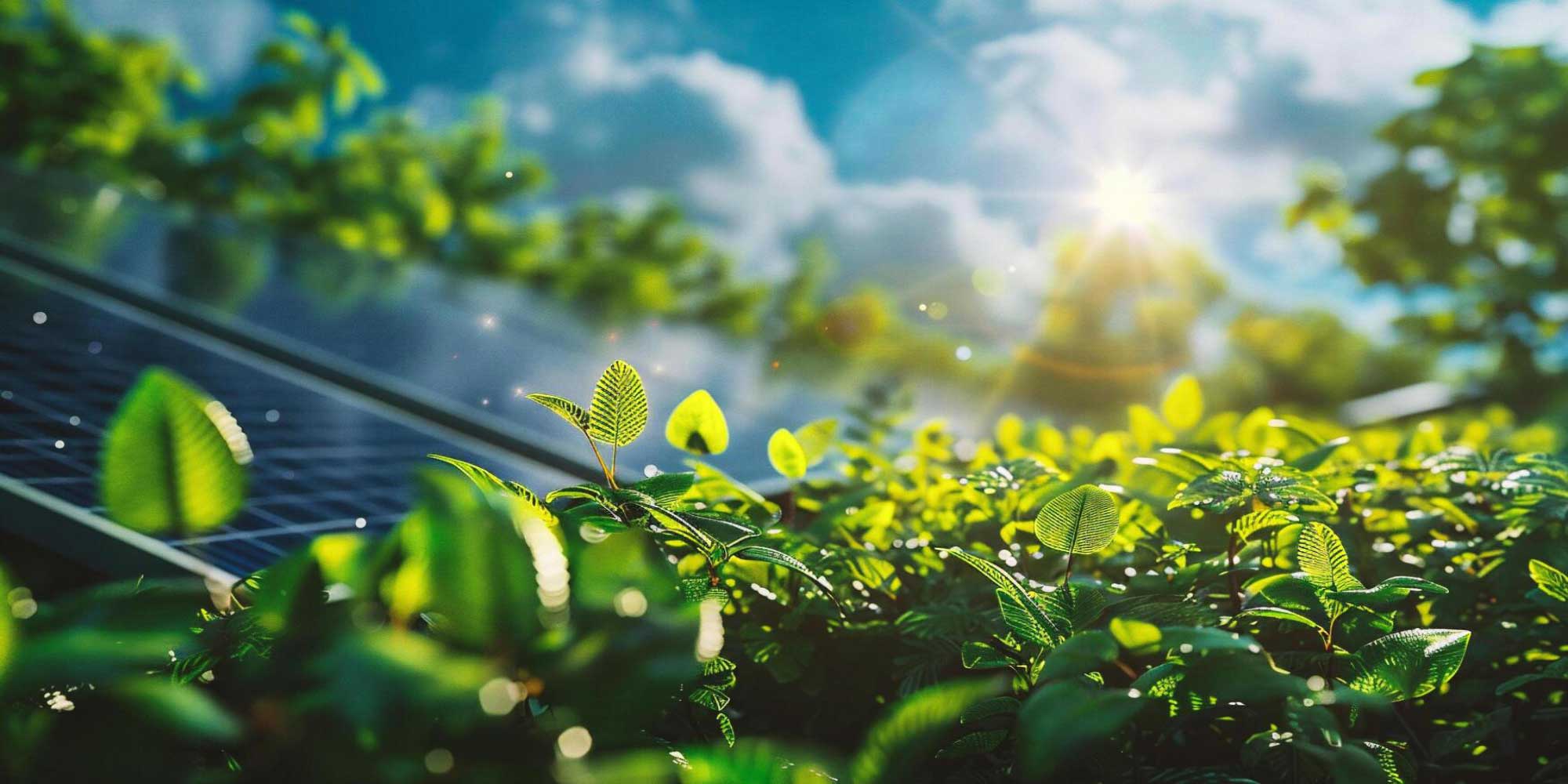Introduction
Self-cleaning solar panel coatings represent a breakthrough in renewable energy technology, offering a hassle-free solution to maintain the efficiency of solar panels. Let’s explore the mechanisms behind these coatings and how they keep solar panels pristine and productive.

1. Hydrophobic and Superhydrophobic Properties:
Self-cleaning solar panel coatings leverage hydrophobic and superhydrophobic properties to repel water and contaminants from the panel surface. Hydrophobic coatings cause water droplets to bead up and roll off the surface, carrying away dust and dirt particles with them. Superhydrophobic coatings take this a step further, creating an ultra-water-repellent surface where water forms spherical droplets that easily pick up debris as they roll off.
2. Lotus Effect:
The concept behind self-cleaning coatings is inspired by nature, particularly the lotus leaf, which exhibits remarkable water-repellent properties. The micro- and nanostructures on the surface of the lotus leaf minimize contact between water and the leaf surface, causing water droplets to bead up and carry away dirt particles. Self-cleaning solar panel coatings mimic this lotus effect, creating textured surfaces that repel water and prevent contaminants from adhering.
3. Minimization of Surface Adhesion:
Self-cleaning coatings reduce surface adhesion by creating a slippery or non-stick surface that inhibits the attachment of dust, dirt, and other pollutants. By minimizing the contact area between particles and the panel surface, these coatings prevent the accumulation of debris and facilitate its removal through natural processes such as rain or wind.
4. Environmental Interaction:
The self-cleaning action of solar panel coatings relies on environmental factors such as rainfall and wind to effectively remove dirt and debris from the panel surface. When rainwater comes into contact with the hydrophobic or superhydrophobic coating, it forms droplets that easily pick up particles and carry them away as they roll off the surface. Similarly, wind can help dislodge loose debris from the panel surface, further enhancing the self-cleaning effect.
5. Long-Term Effectiveness:
Self-cleaning solar panel coatings are designed to maintain their effectiveness over time, even in challenging environmental conditions. The durable nature of these coatings ensures continued protection and performance, allowing solar panels to remain clean and efficient for extended periods without the need for manual cleaning or maintenance.
Conclusion:
Self-cleaning solar panel coatings utilize hydrophobic and superhydrophobic properties to repel water and contaminants, keeping solar panels clean and efficient for optimal energy production. Inspired by nature’s own mechanisms, these coatings minimize surface adhesion and leverage environmental factors such as rain and wind to maintain cleanliness over time. As the demand for renewable energy grows, self-cleaning coatings play a crucial role in maximizing the efficiency and sustainability of solar power systems, paving the way for a cleaner and brighter future.